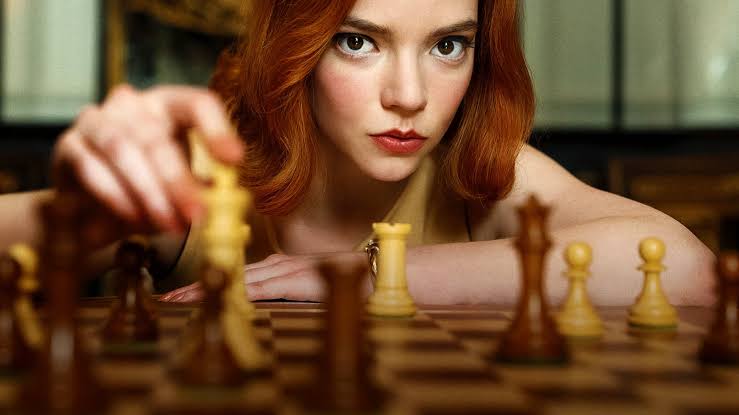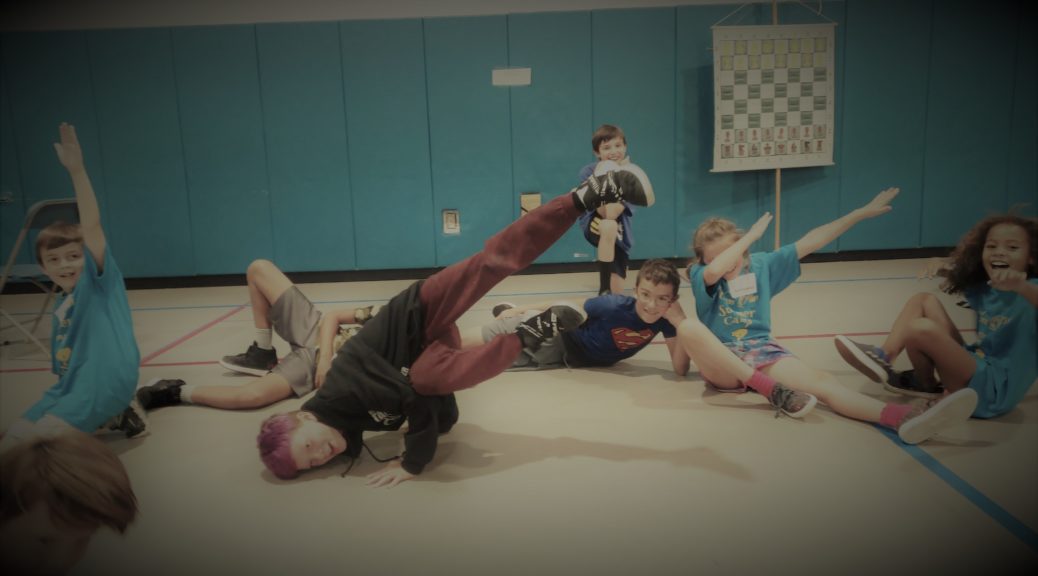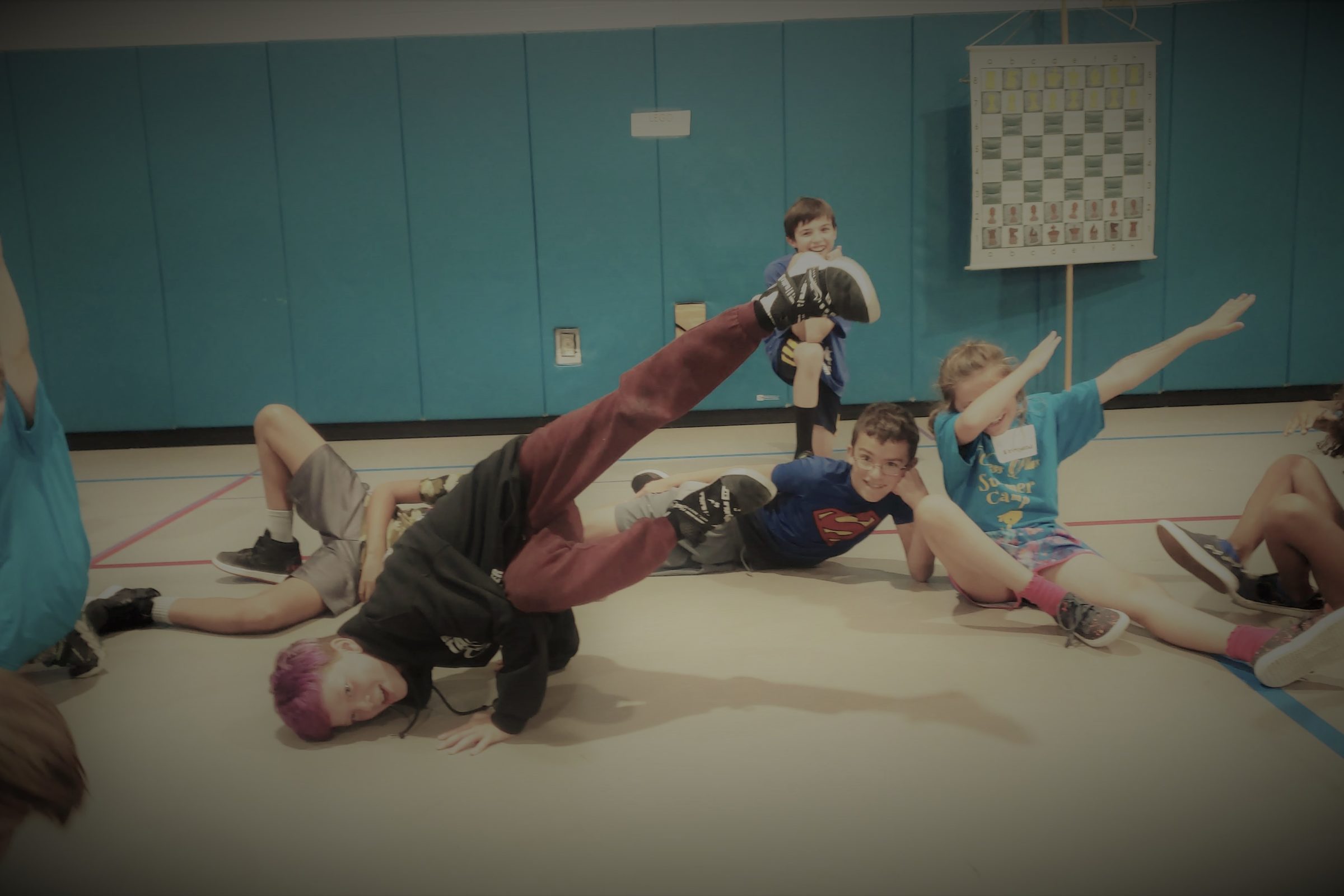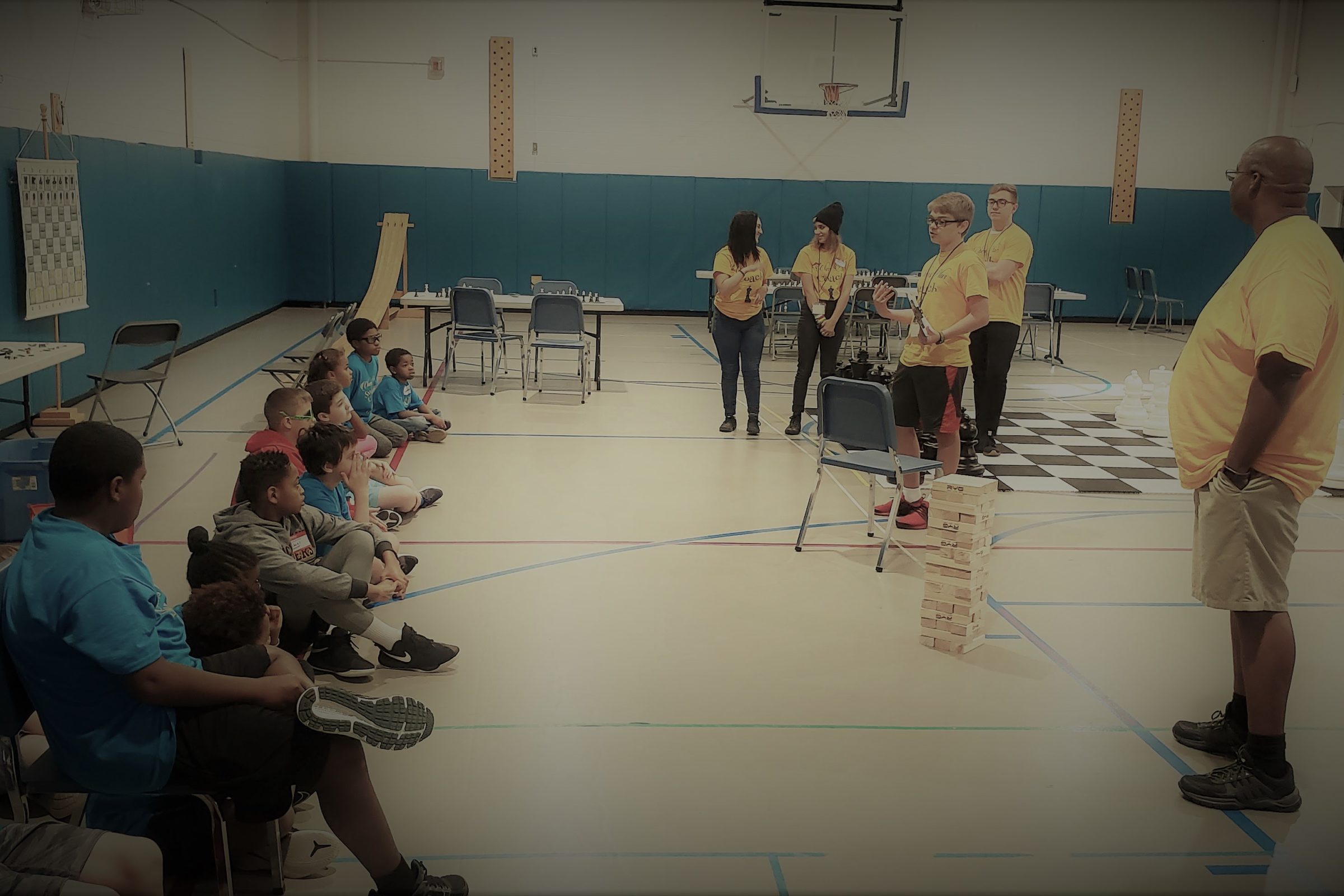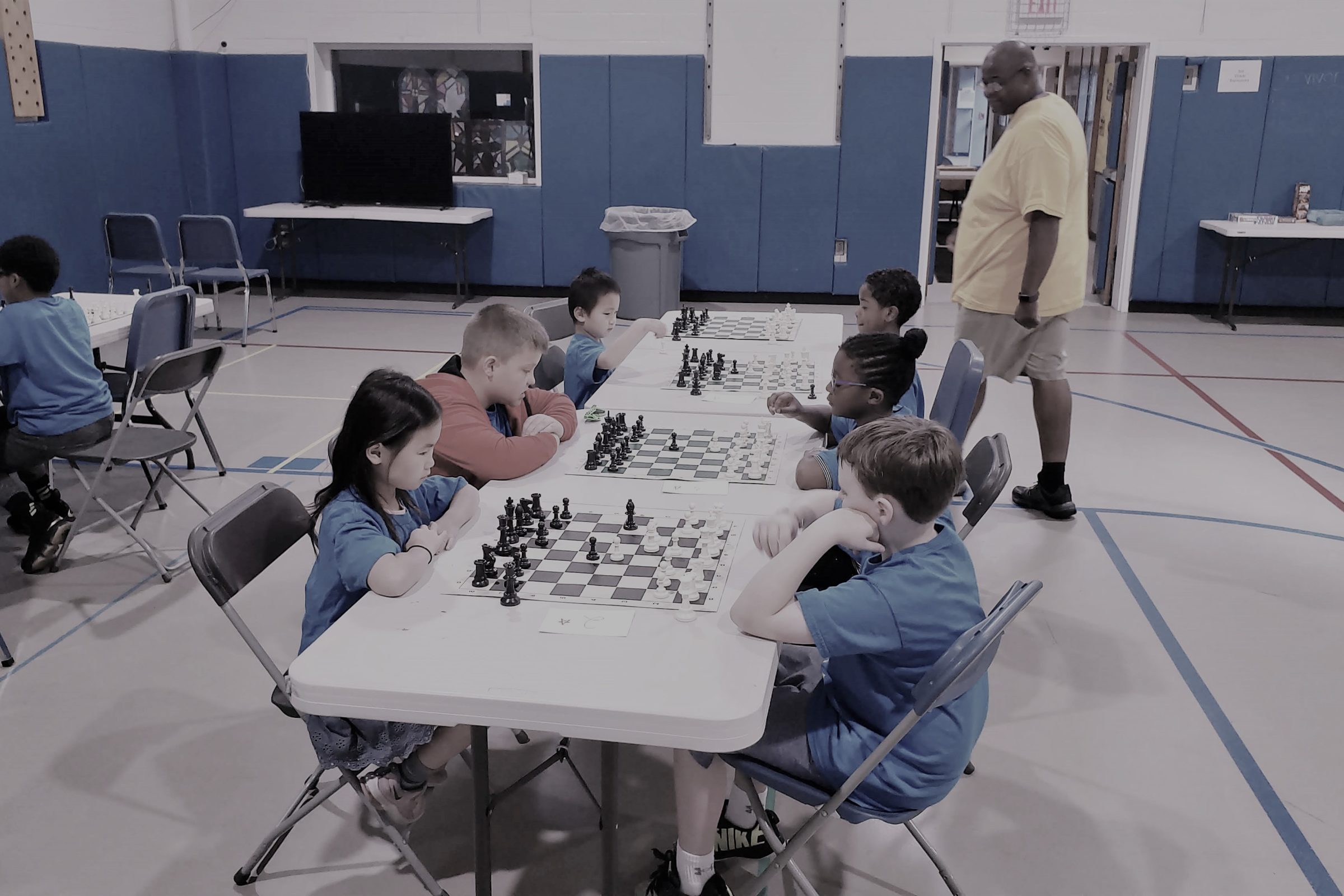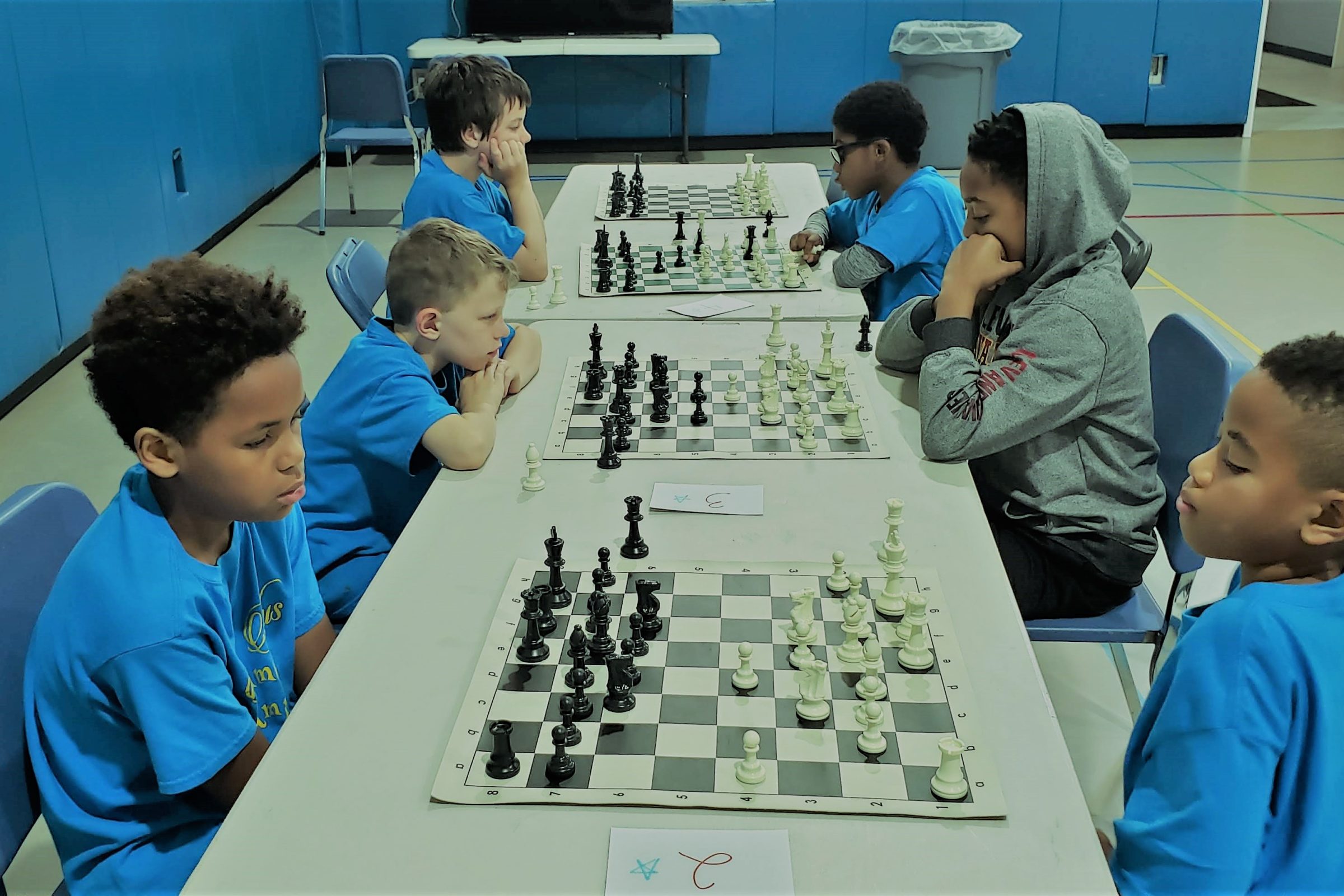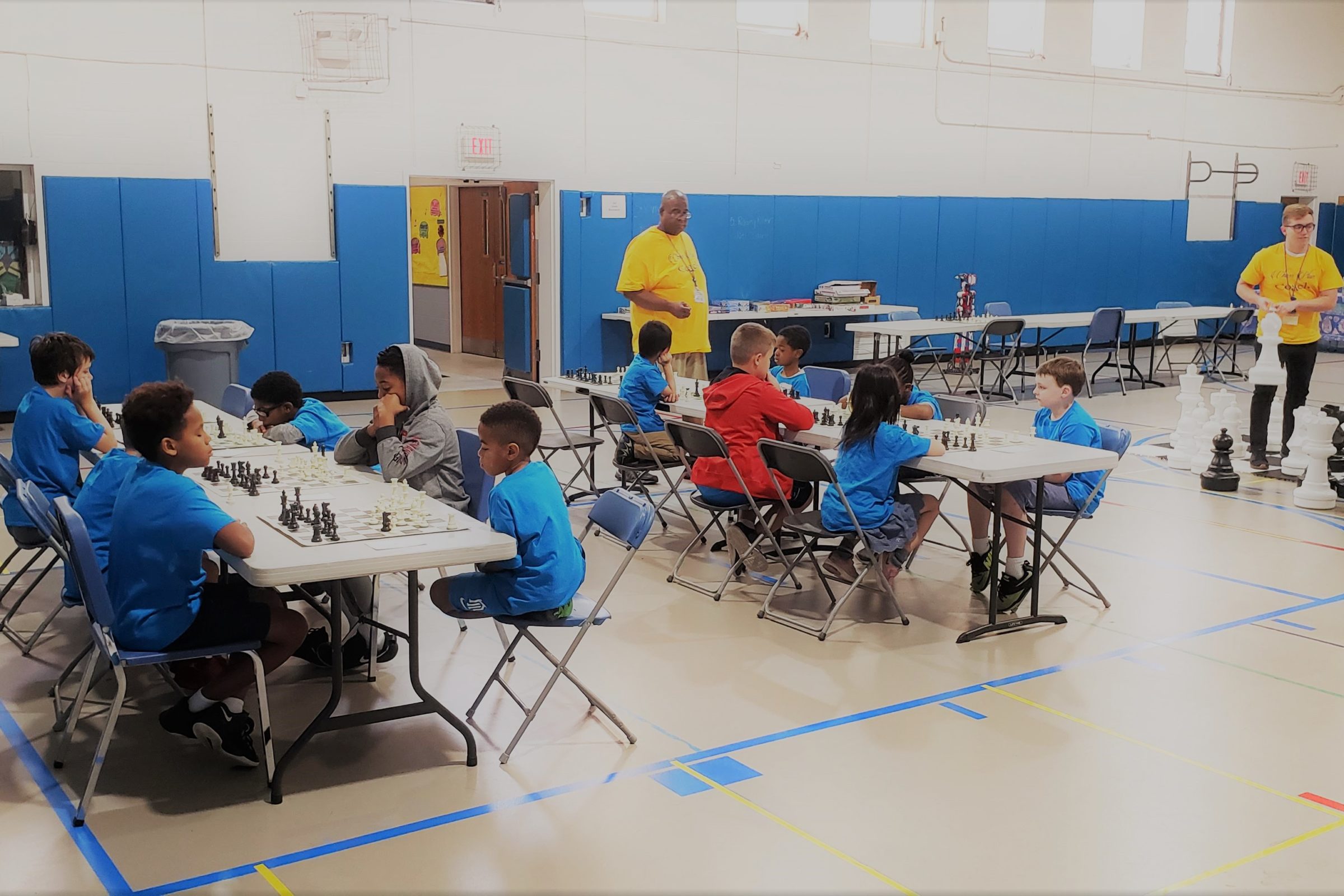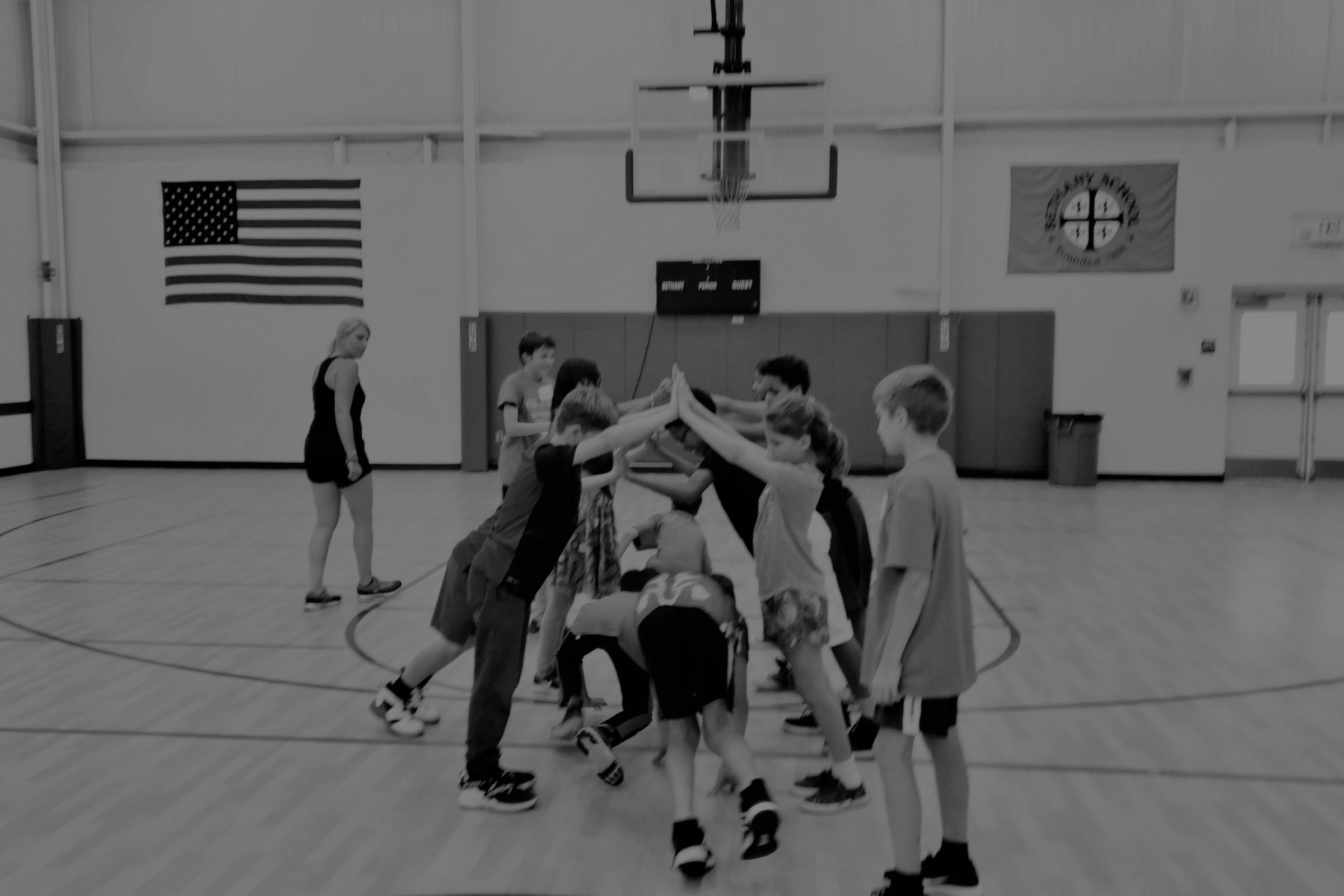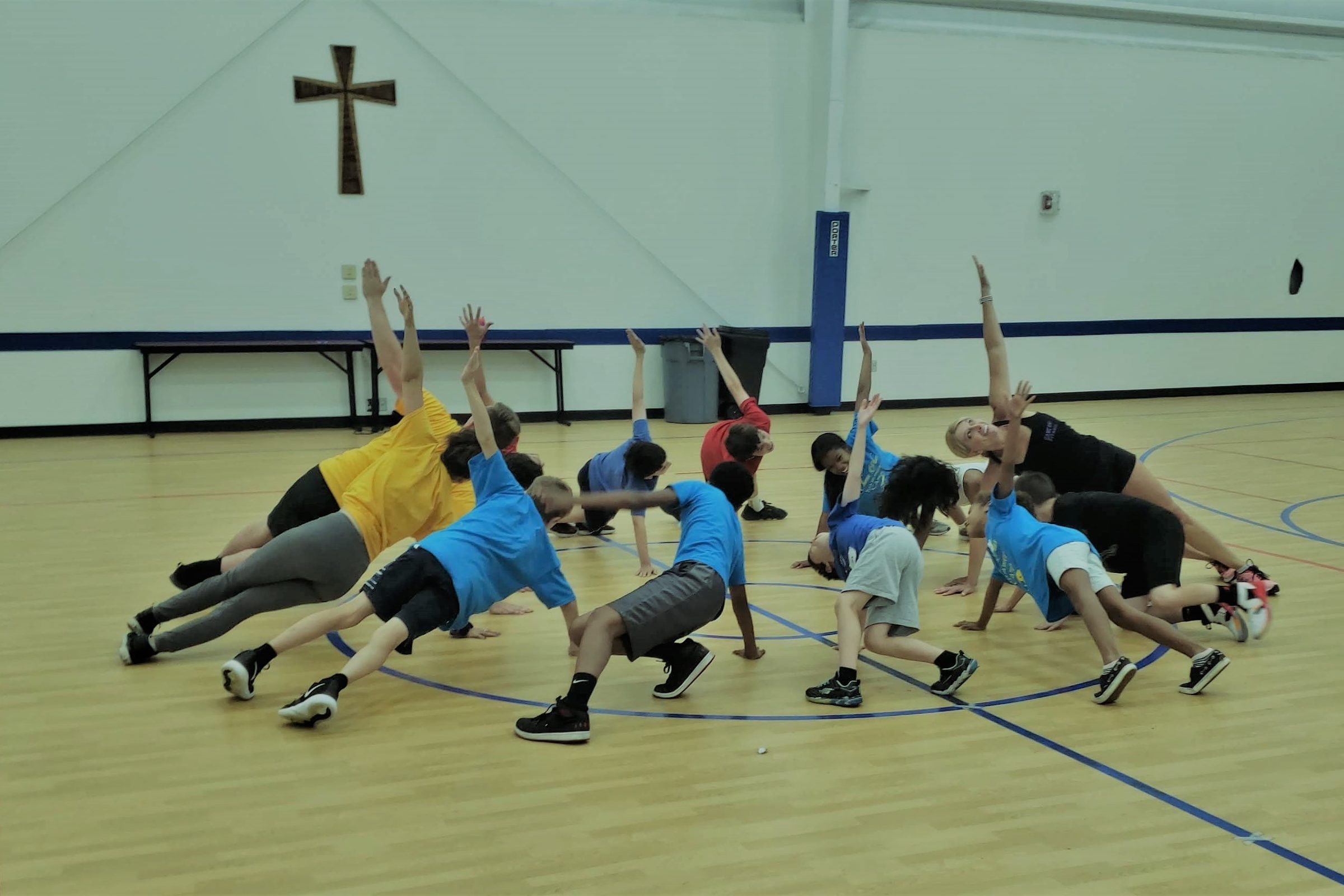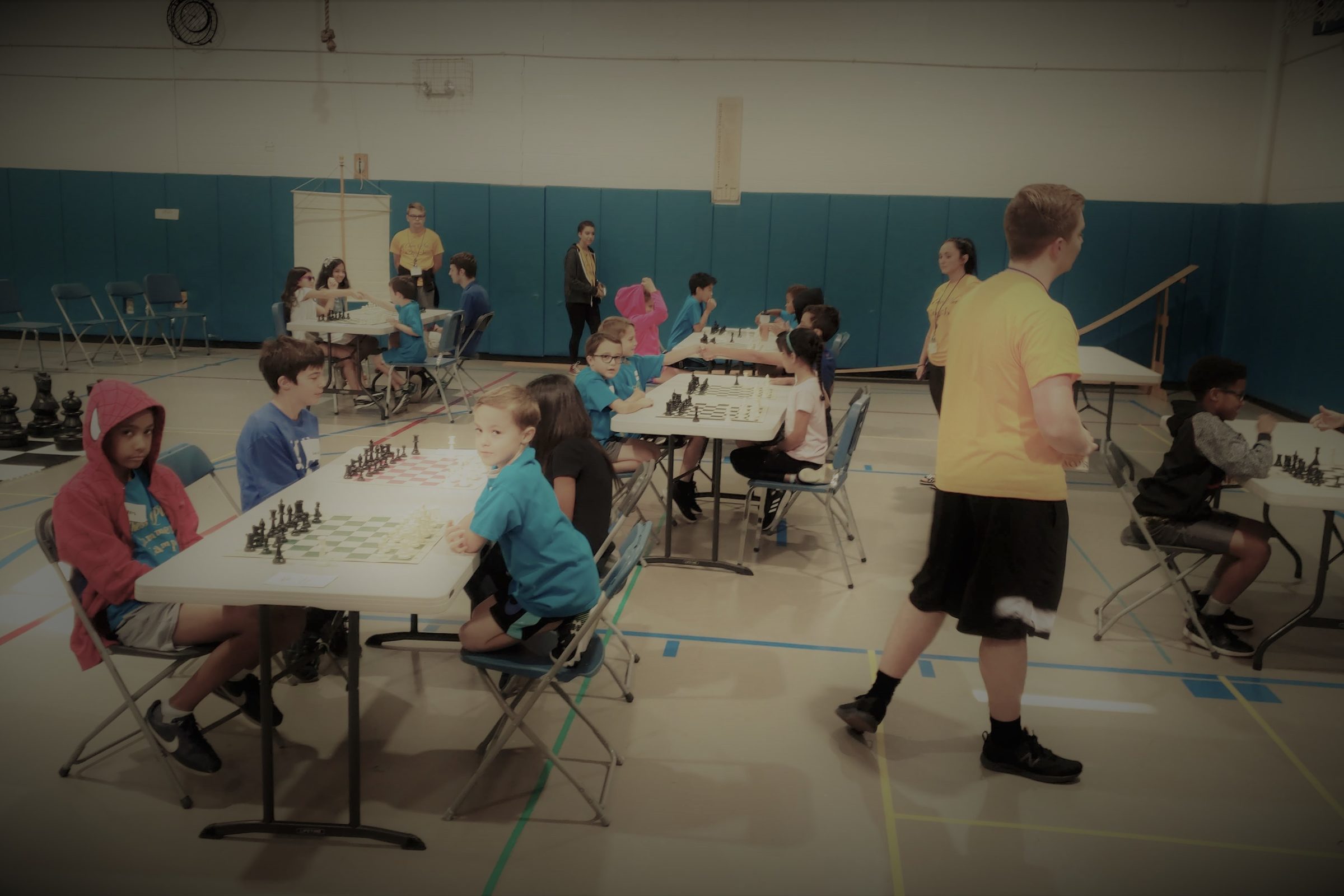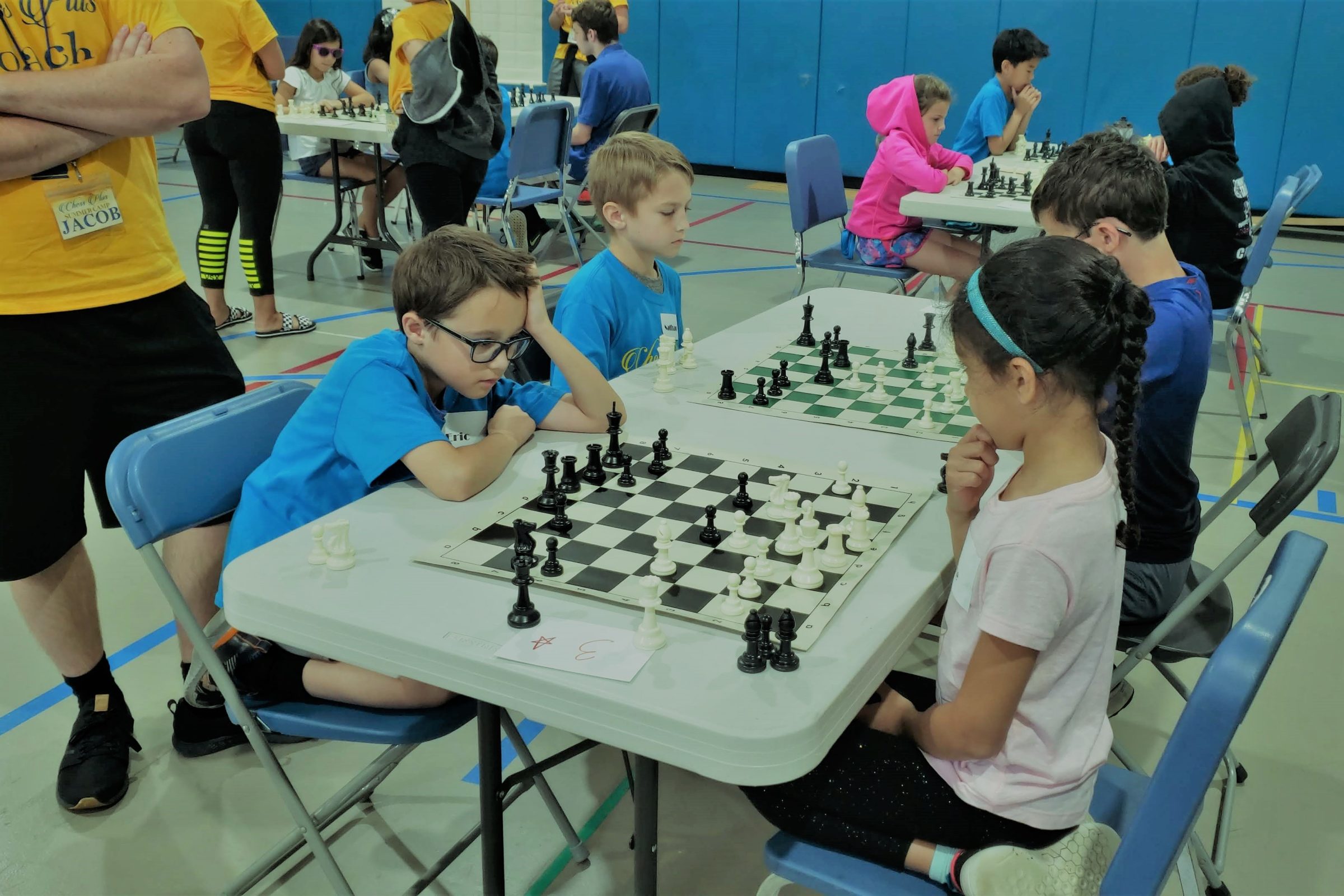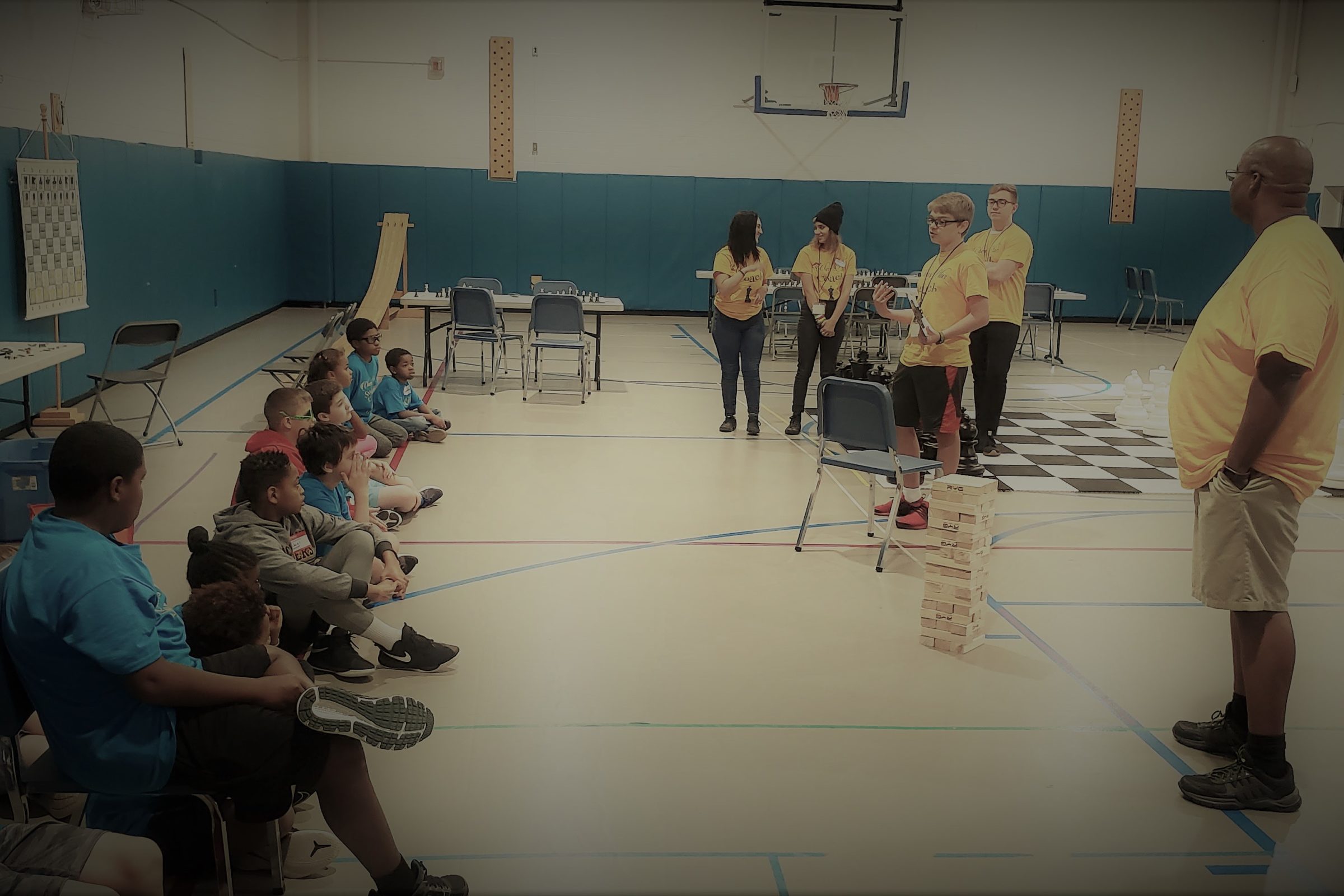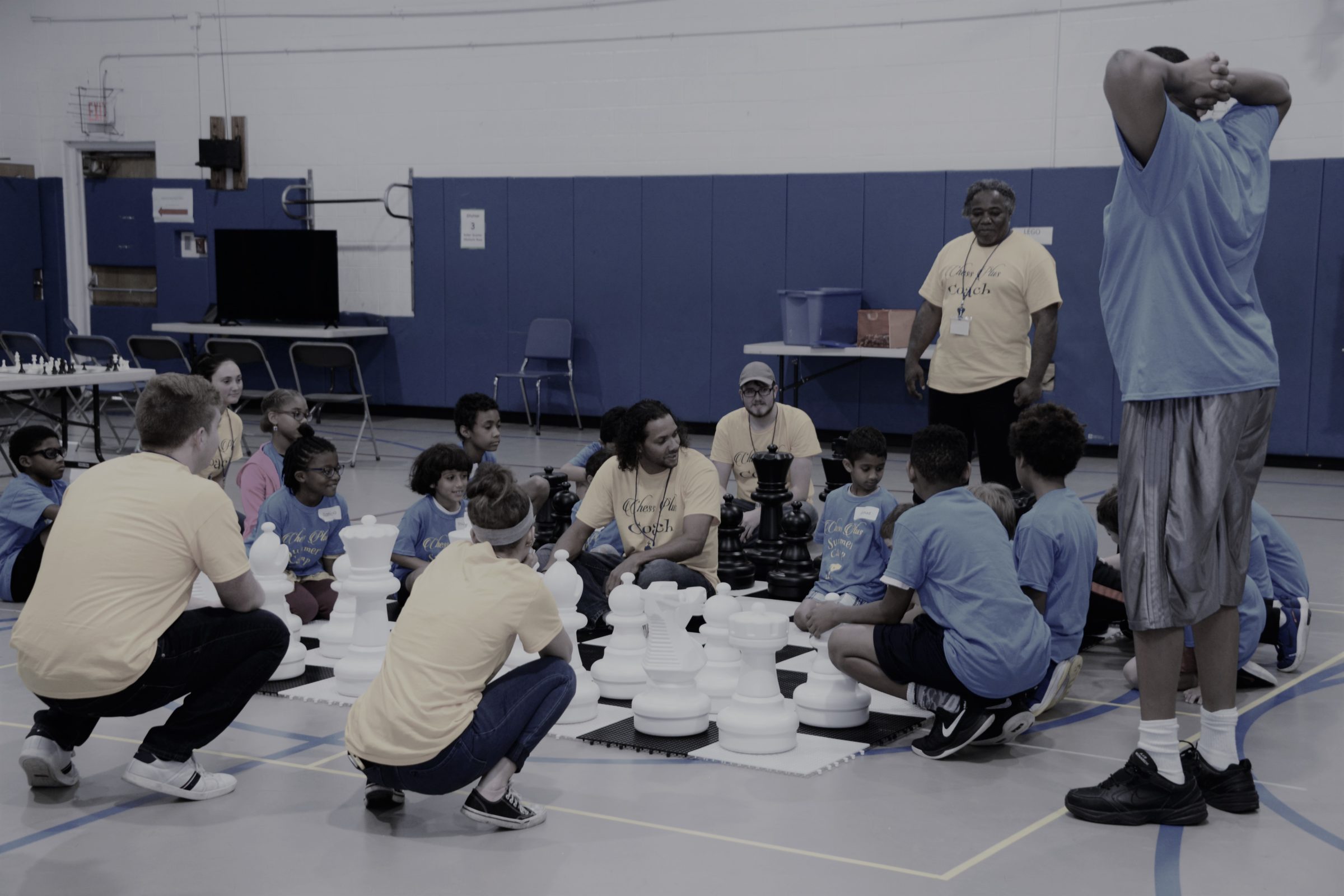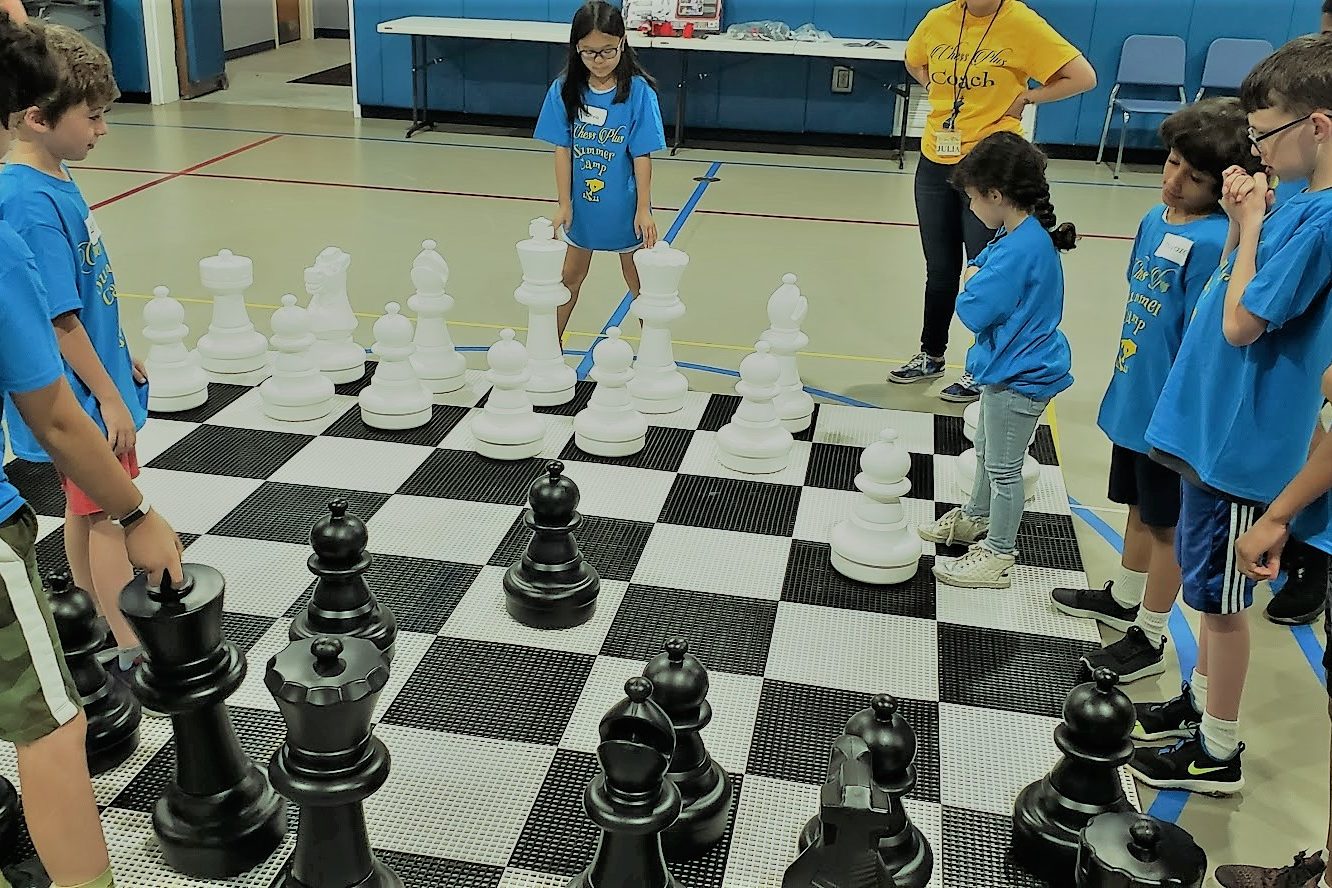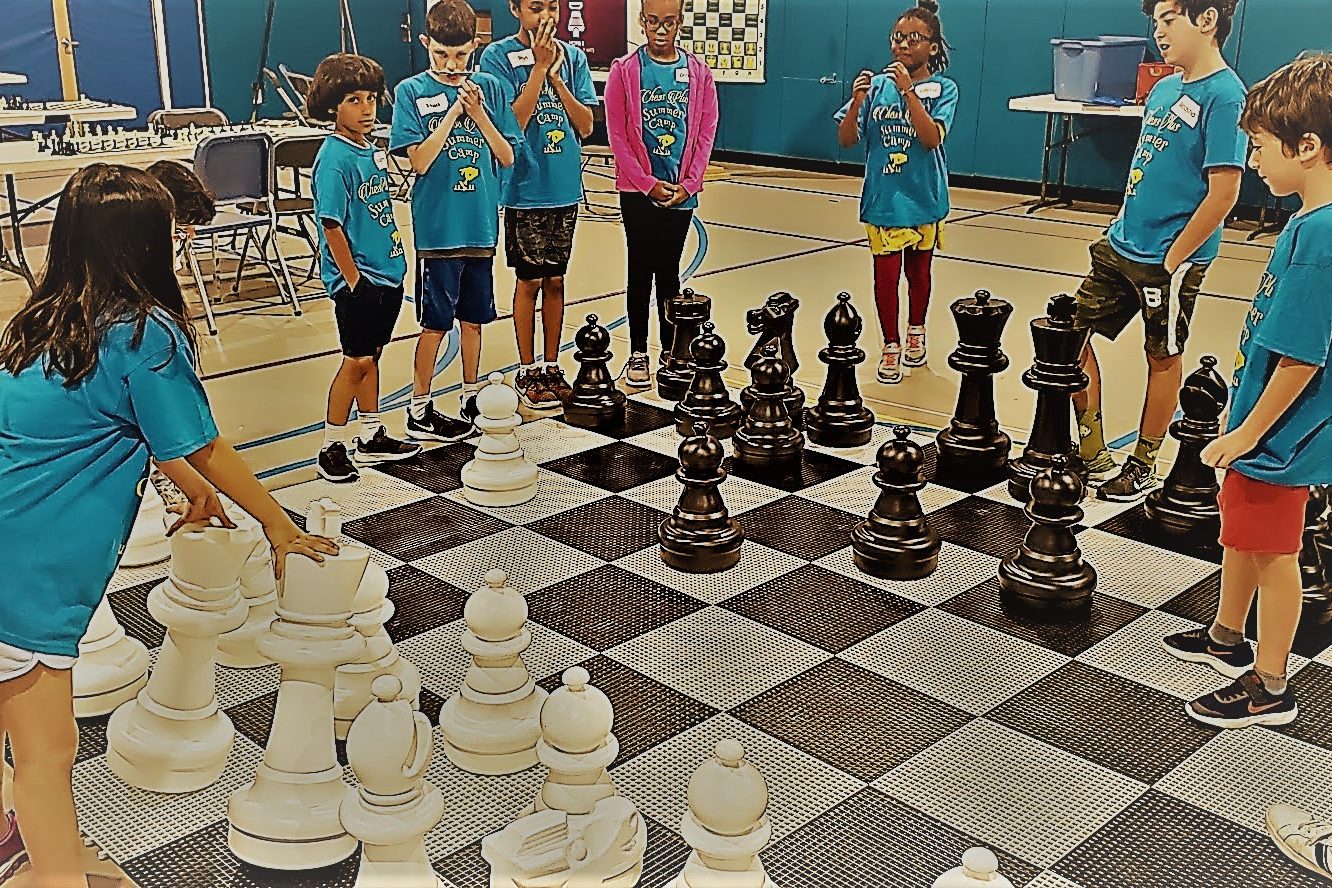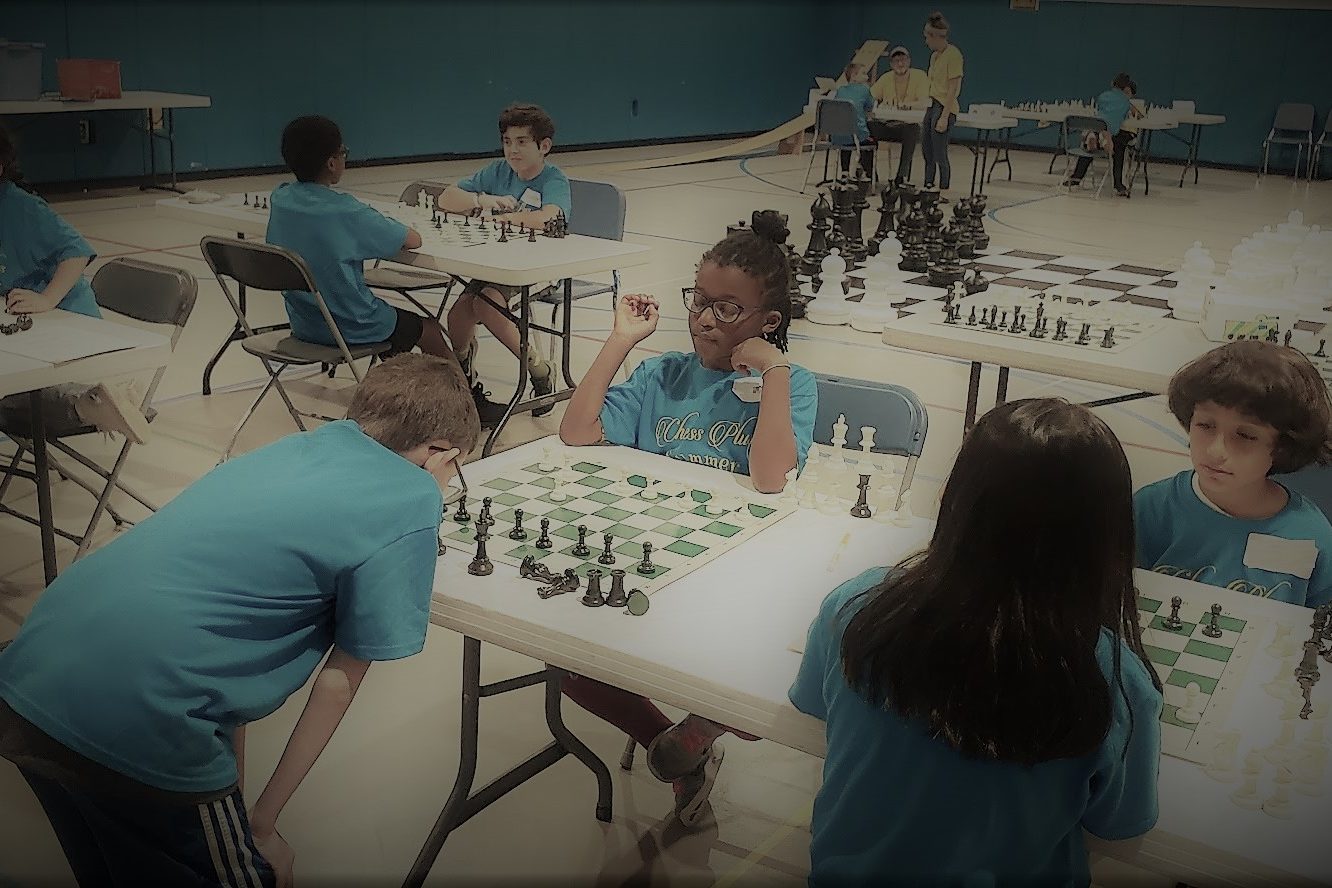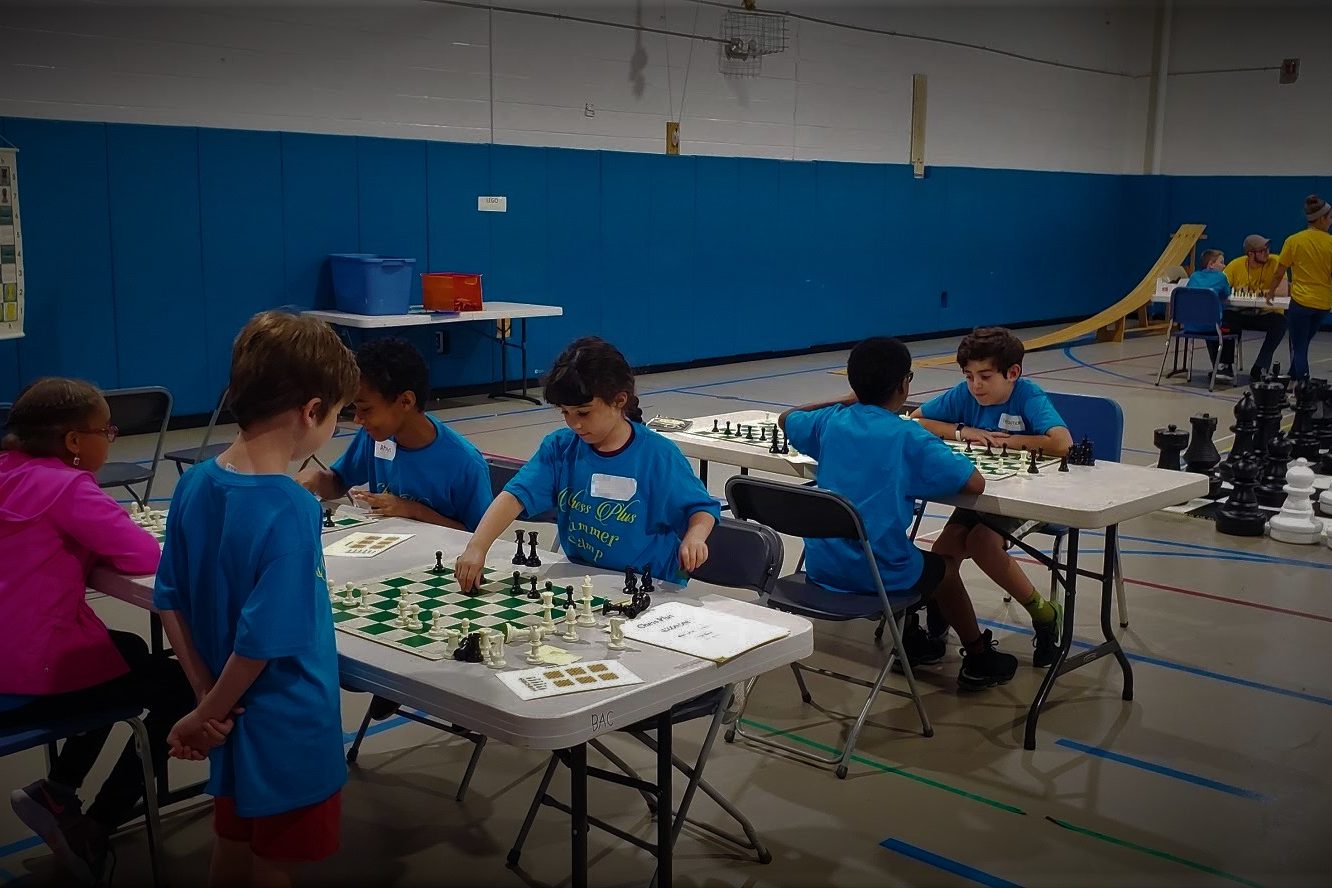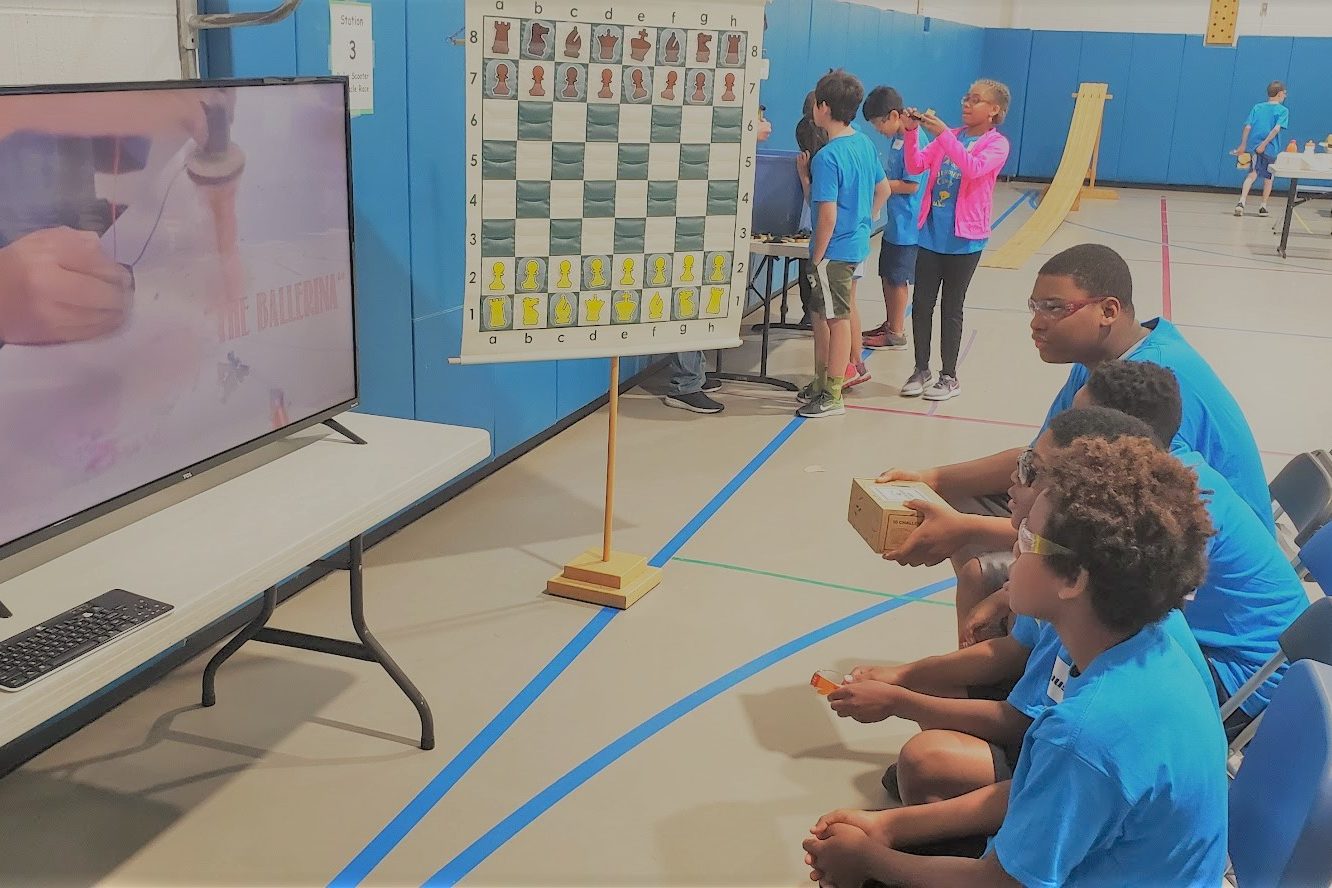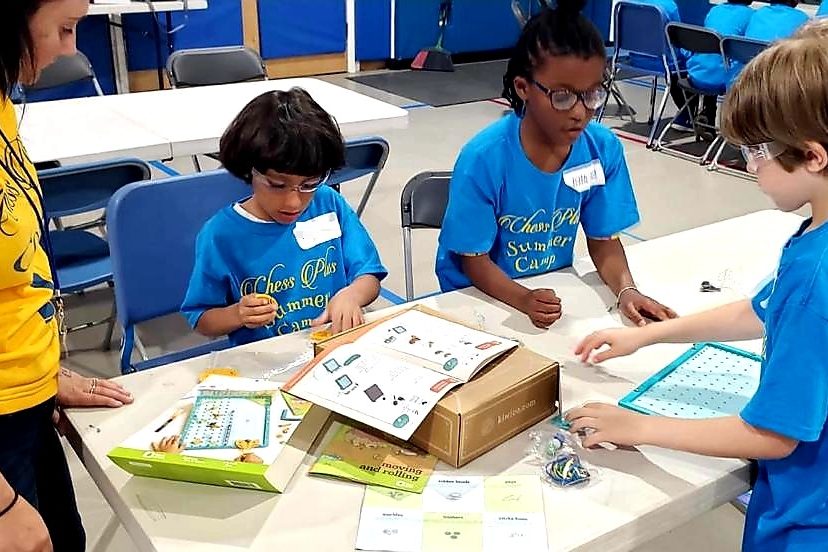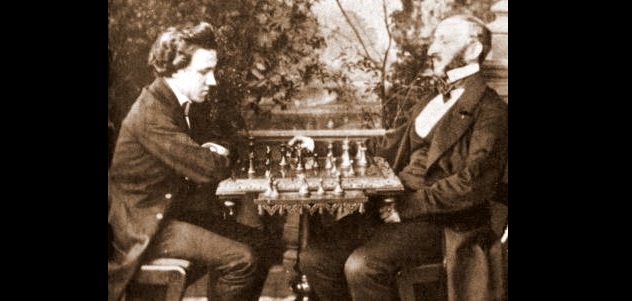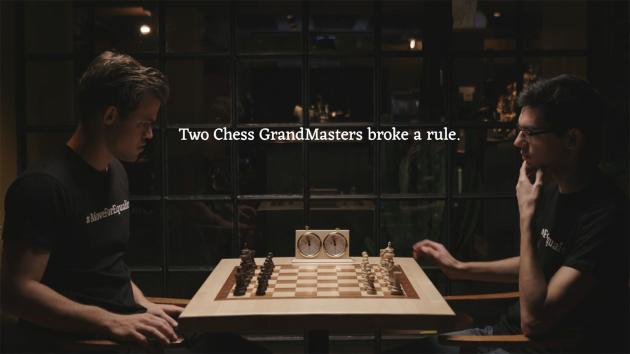Queen’s Gambit is indeed a great Mini Series. Very smart, well-told story and Taylor-Joy did an amazing job as Beth Harmon, a chess prodigy who learns to play from the janitor in her orphanage and takes those skills all the way to Moscow to play the world’s best Grandmaster by the time she’s 20.. This is a must see for any chess lover.
Category Archives: Cool Stuff
Chess Plus Summer Camp – Fantastic
Chess Plus Summer Camp was Fantastic.
Getting to know all the Scholars was a treat! The kids learned so much and built new friendships.
First Week was Chess Plus Engineering which was Amazing.
Our Morning Sessions was great with kid learning and playing chess. We started with evaluations (the scholars played the coaches) and then we taught simple game opening principles and ended with a fun yet intense tournament.
Our Afternoon sessions was packed with lots of fun. The campers will be broken up into groups of 3 to 4 and had a blast with robotic creations, mechanical contraptions, circuit building, electronics, legos and much more.
Second Week was Chess Plus Wicked Fun which was an educational party.
Morning Session was same as first week with the exemption of returning kids moving up to higher skill level groups.
Afternoon session was Wicked Fun! Enough said? After an amazing morning of intellectually and stimulating growth with chess activities our camper will be ready to have different fun! The afternoon session will have movies, Lego derby, family fun games (Giant Jenga, Zeus on the loose, Sleeping Queens, Mexican Train, Dominoes and more) and RC vehicles racing. Was great to see all the new friendships that were built.
Third Week was Chess Plus Fun Fitness which was an energizing.
Morning Session was same as first/Second week again with the exemption of returning kids moving up to higher skill level groups.
Afternoon session was Active Party? Fun Fitness? Sweet Sweat? Doesn’t matter what we called it the one thing that was certain is that the scholars went home energized and wanting more! Our afternoon session featured the talented Amy Smith from Game On Fitness leading our campers in fun Activities. Our camper had Dance (hip hop/salsa), Zumba, Agility training, Basketball and other fun activities ending with our finale Fortnite dance off.
Check out a few picture below!
Next year will be even better!
40 facts about chess MOST people don’t know
1. The number of possible unique chess games is much greater than the number of electrons in the universe. The number of electrons is estimated to be about 10^79, while the number of unique chess games is 10^120.
2. The longest chess game theoretically possible is 5,949 moves.
3. The longest time for a Castling move to take place was the match game between Bobotsor vs. Irkov in 1966: 46. 0-0.
4. As late as 1561, Castling was two moves. You had to play R-KB1 on one move and K-KN1 on the next move.
5. The word “Checkmate” in Chess comes from the Persian phrase “Shah Mat,” which means “the King is dead.”
6. Blathy, Otto (1860-1939), credited for creating the longest Chess Problem, mate in 290 moves.
7. The Police raided a Chess Tournament in Cleveland in 1973, arrested the Tournament director and confiscated the Chess sets on charges of allowing gambling (cash prizes to winners) and possession of gambling devices (the Chess sets).
8. The number of possibilities of a Knight’s tour is over 122 million.
9. The longest official chess game lasted 269 moves (I. Nikolic – Arsovic, Belgrade 1989) and ended in a draw.
10. From the starting position, there are eight different ways to Mate in two moves and 355 different ways to Mate in three moves.
11. The new Pawn move, advancing two squares on its first move instead of one, was first introduced in Spain in 1280.
12. Dr. Emanuel Lasker from Germany retained the World Chess Champion title for more time than any other player ever: 26 years and 337 days.
13. In 1985, the Soviet player Garry Kasparov became the youngest World Chess Champion ever at the age of 22 years and 210 days.
14. The first Chessboard with alternating light and dark squares appears in Europe in 1090.
15. During World War II, some of the top Chess players were also code breakers. British masters Harry Golombek, Stuart Milner-Barry and H. O’D. Alexander was on the team which broke the Nazi Enigma code.
Clarification:
The Polish scientists Marian Rejewski, Henryk Zygalski, Jerzy Rozyckibroke the pre-war Enigma code machines, in 1932. Then after the war broke out, the Polish sent the information they’d learned to the British ( chess masters Harry Golombek, Stuart Milner-Barry and H. O’D. Alexander) who then deciphered the new German war Enigma machines.
16. During the 1972 Fischer-Spassky match in Rekjavik, the Russians linked Spassky’s erratic play with Fischer’s chair. The Icelandic organization put a 24-hour Police guard around the chair while chemical and x-ray tests were performed on the chair. Nothing unusual was found.
17. The first mechanical Chess Clock was invented by Thomas Wilson in 1883. Prior to that, Sandglasses were used. Sandglasses were first used in London in 1862. The present day push-button Clock was first perfected by Veenhoff in 1900.
18. The folding Chess board was originally invented in 1125 by a Chess-playing priest. Since the Church forbids priests to play Chess, he hid his Chess board by making one that looked simply like two books lying together.
19. The worst performance by a player was Macleod of Canada who lost 31 games in the New York double-round robin of 1889.
20. Frank Marshall (1877-1944) was the first American to defeat a Soviet player in an international tournament in New York, 1924. He reigned as U.S. Champion for 30 years, but only defended his title once when he defeated Ed Lasker (5-4) in 1923. He was the first master to play more than 100 games simultaneously.
21. In 1985, Eric Knoppert played 500 games of 10-minute Chess in 68 hours.
22. Albert Einstein was a good friend of World Chess Champion Emanuel Lasker. In an interview with the New York Times in 1936 Albert said, “I do not play any games. There is no time for it. When I get through work I don’t want anything which requires the working of the mind.” He did take up Chess in his later life.
23. There were 72 consecutive Queen moves in the Mason-Mackenzie game at London in 1882.
24. The record of moves without capture is of 100 moves during the Match between Thorton and M. Walker in 1992.
25. Rookies or, players in their first year, are named after the Rook in Chess. Rooks generally are the last pieces to be moved into action, and the same goes for Rookies.
26. A Computer Program named Deep Thoughtbeat an International Grand Master for the first time in November 1988 in Long Beach, California.
27. Blindfold chess is an impressive skill that many stronger chess players possess. It certainly requires a keen ability to see the board clearly, which can get difficult after many moves. The record was set in 1960 in Budapest by Hungarian Janos Flesch, who played 52 opponents simultaneously while blindfolded – he won 31 of those games.
28. There are well over 1,000 different openings, including variations within larger openings/defenses that one can learn.
29. Chess is often cited by psychologists as an effective way to improve memory function. Also allowing the mind to solve complex problems and work through ideas, it is no wonder that chess is recommended in the fight against Alzheimer’s. Some contend that it can increase one’s intelligence, though that is a more complex topic. The effects of chess on young individuals had led to chess being introduced in school districts and various countries. It has been shown to improve children’s grades and other positive effects as well.
30. FIDE stands for Fédération Internationale des Échecs, which literally translates into World Chess Federation.
31. The second book ever printed in the English language was about chess!
32. The first computer program for playing chess was developed in 1951, by Alan Turing. However, no computer was powerful enough to process it, so Turing tested it by doing the calculations himself and playing according to the results, taking several minutes per move.
33. The oldest recorded chess game in history is from the 900s, between a historian from Baghdad and his student.
34. The oldest surviving complete chess sets were found on the Isle of Lewis, in northern Scotland, and dates to the 12thcentury. They were probably made in Iceland or Norway, and their appearance was used in Harry Potter and the Sorcerer’s Stone for the wizard chess pieces.
35. About 600,000,000 (Six hundred million) people know how to play chess worldwide!
36. In many languages, the Pawn is a foot soldier, but in German and Spanish, it’s a peasant or farmer, instead!
37. The reason why traditional chess pieces don’t look like actual soldiers, bishops, and kings is because before the game reached Europe, it passed through the Islamic world. Islam forbids making statues of animals or people, so chess pieces became vague-looking. When the game spread to Christian Europe, the pieces didn’t change much.
38. Chess began in India during the Gupta Empire, spreading to the Persian Sassanid Empire, and then to the Middle East after Muslims conquered Persia. From there, it spread to Europe and Russia.
39. Initially, the Queen could only move one square at a time, diagonally. Later, she could move two squares at a time, diagonally. It wasn’t until Reconquista Spain, with its powerful queen Isabella, that the Queen became the strongest piece on the board.
40. In Shatranj, the predecessor to chess, the Queen was a minister or vizier, and still is in many languages.
Crazy Story… The Chess Prodigy Who Renounced Chess
In recent years, chess has become a pretty high-stakes game, politically, ideologically, and monetarily. However, that hasn’t always been the case. In fact, the first unofficial world champion would be appalled by the giant prizes dangled in front of modern competitors. Paul Morphy (pictured left) abhorred the taint of professionalism, once writing to a rival, “Permit me to repeat that I am not a professional player; that I never wished to make any skill I possess the means of pecuniary advancement, and that my earnest wish is never to play for any sake but honor.”
However, Morphy’s superhuman powers on the chessboard astounded his contemporaries. Born in New Orleans in 1837, Paul was a child prodigy who was beating his father and uncle by age 10. He’d never consulted a chess book, yet he was handling the pieces with an intuitively precise grasp of strategy and tactics. At age 13, he shocked the chess world by defeating the Hungarian master Johann Lowenthal (pictured right). It then became Morphy’s great ambition to defeat the best masters in the US and Europe.
After earning his law degree in 1857, Morphy set out on his insane quest. Howard Staunton, Britain’s star player, avoided him and was accused of cowardice. In Paris, Morphy played eight opponents simultaneously, neither eating nor drinking for 10 hours until all succumbed to his brilliance. Oh, and did we mention that he was blindfolded? (The moves were called out so he could visualize them.)
But in his tours of European chess circles, the idealistic Morphy was disgusted at how the game was being made into a business. While Morphy loved chess itself, he was repelled by this practice. He was further alienated from the game when he saw how it took him away from more important things, particularly his law career. However, people were more interested in Morphy the chess player than Morphy the lawyer, and his practiced folded after a few months. Adding insult to injury, a girl he was courting rejected the idea of marrying a “mere chess player.”
Frustrated, Morphy simply gave up on the game. He was reluctant to even play privately, and he never again dazzled the world with his power. Many tried to cajole him out of his aversion to the game. Once, a financially desperate Morphy approached an old friend to borrow $200. The friend said he would make it $250 if Morphy played a game with him. Grudgingly, Morphy agreed, but he showed his distaste by deliberately losing. Afterward, he left without bothering to collect his money.
On another occasion, Morphy was informed that the self-proclaimed world champion, Wilhelm Steinitz, was in New Orleans and wanted to see him. Morphy reluctantly agreed to a meeting on the condition that chess must not even be alluded to. After an embarrassing 10 minutes with nothing to discuss, Morphy and Steinitz parted ways.
Do not fear.. there is much more to discuss and do at Chess Plus Summer Camp afternoon session than chess related activities!
In his later life, Morphy began showing signs of insanity. He suspected his brother-in-law of trying to poison him and refused to eat unless the food was prepared by his mother or sister. Morphy believed barbers were planning to slit his throat. He haunted Canal Street in New Orleans, muttering and smiling to himself, all while swinging his cane at anyone who approached him. He also stalked attractive women around town for hours.
Morphy’s relatives tried to commit him to an asylum, but he defended his sanity with clever expositions on his civil liberties, thus convincing officials to let him go. Sadly, Paul Morphy, the “Pride and Sorrow of Chess,” died in his home on July 10, 1884.
Article From – listverse.com
Will we find a chess prodigy that embraces their gift at Chess Plus Summer Camp?
Carlsen, Giri Battle Racism With Game Where Black Moves 1st
Top grandmasters Magnus Carlsen of Norway and Anish Giri of the Netherlands today joined forces in a video posted on Carlsen’s Twitter account as part of a United Nations campaign against racism. For once, they broke the rule in chess that White begins.
It all started on Tuesday evening with a slightly mysterious tweet and Facebook post from Carlsen. The world’s number-one chess player appears together with world number-four Giri, in front of a dark background that some insiders might have recognized as The Good Knight chess pub in Oslo, where the video was recorded on Tuesday.
Carlsen: “We broke a rule in chess today.”
Giri: “To change minds tomorrow.”
See Full Article Here @ https://www.chess.com/news/view/moveforequality-carlsen-giri-battle-against-racism
